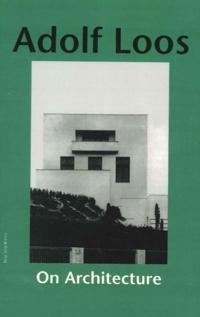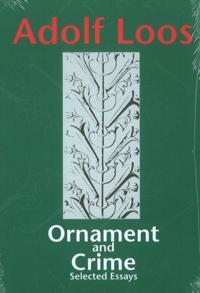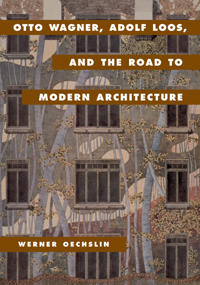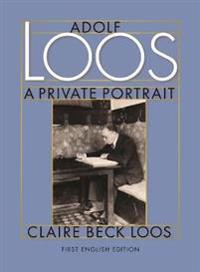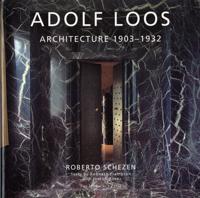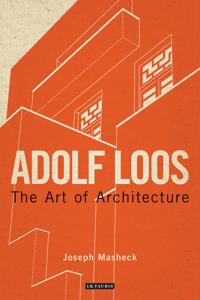On Architecture (Pocket)
avAdolf Loos, Daniel Opel, Adolf Loos
ISBN: 9781572410985 - UTGIVEN: 2002-10Ornament and Crime (Pocket)
avAdolf Loos, Adolf Opel, Michael Mitchell
ISBN: 9781572410466 - UTGIVEN: 199709Contains thirty-six original essays by the celebrated Viennese architect, Adolf Loos (1870-1933). Most deal with questions of design in a wide range of areas, from architecture and furniture, to clothes and jewellery, pottery, plumbing, and printing; others are polemics on craft education and traini[...]
Otto Wagner, Adolf Loos, and the Road to Modern Architecture (Inbunden)
avWerner Oechslin
ISBN: 9780521623469 - UTGIVEN: 200207Contemporary architectural theory emphasizes the importance of 'tectonics', the term used to articulate the relationship between construction, structure and architectural expression. Despite the term's currency, little consideration has been given to its origins or historical significance. In this 2[...]
Adolf Loos - A Private Portrait
ISBN: 9780983254003 - UTGIVEN: 2011-01"A valuable fine-grained portrait...The English translation of her book is fluent and accurate, conveying well the tone of Claire Loos' original (which, in turn, to some extent mimics Loos' own writing style). Richly informative." --Christopher Long, West 86th: A Journal of Decorative Arts, Design H[...]
Adolf Loos (Inbunden)
avRoberto Schezen, Kenneth Frampton, Joseph Rosa
ISBN: 9781580932363 - UTGIVEN: 2009-06Adolf Loos (Inbunden)
avJoseph Masheck
ISBN: 9781780764221 - UTGIVEN: 2013-03Widely regarded as one of the most significant prophets of modern architecture, Adolf Loos was a celebrity in his own day. His work was emblematic of the turn-of-the-century generation that was torn between the traditional culture of the nineteenth century and the innovative modernism of the twentie[...]
Adolf Loos (Häftad)
avJoseph Masheck
ISBN: 9781780764238 - UTGIVEN: 201303Widely regarded as one of the most significant prophets of modern architecture, Adolf Loos was a star in his own time. His work was emblematic of the turn-of-the-century generation that was torn between the traditional culture of the nineteenth century and the innovative modernism of the twentieth. [...]
Adolf Loos
ISBN: 9783836544672 - UTGIVEN: 2016-09The devil in the details: The life and times of Adolf LoosAdolf Loos (1870 1933) was a flamboyant character, whose presence in the cultural hotbed of early 1900s Vienna galvanized the country s architectural landscape. An early, impassioned advocate of modernism, he all-out rejected the grand Secess[...]
Adolf Loos
ISBN: 9788499001906 - UTGIVEN: 2018-06Adolf Loos held that a building should have a soberly discreet exterior, reserving all its riches for its interior. Given that, any real appreciation of the spatial complexity of the work of one of the most misunderstood architects of the twentieth century requires engagement with his interiors, whi[...]
Adolf Loos
ISBN: 9788866481485 - UTGIVEN: 2013-10Isolated from the architectural climate of his day and at odds with the principles of the Vienna Secession, Austrian-born Adolf Loos, with his 'Neo-Rationalist' constructions and the reform of architectural language, which opposed the ornament in favour of pure utility, laid the very foundations for[...]


